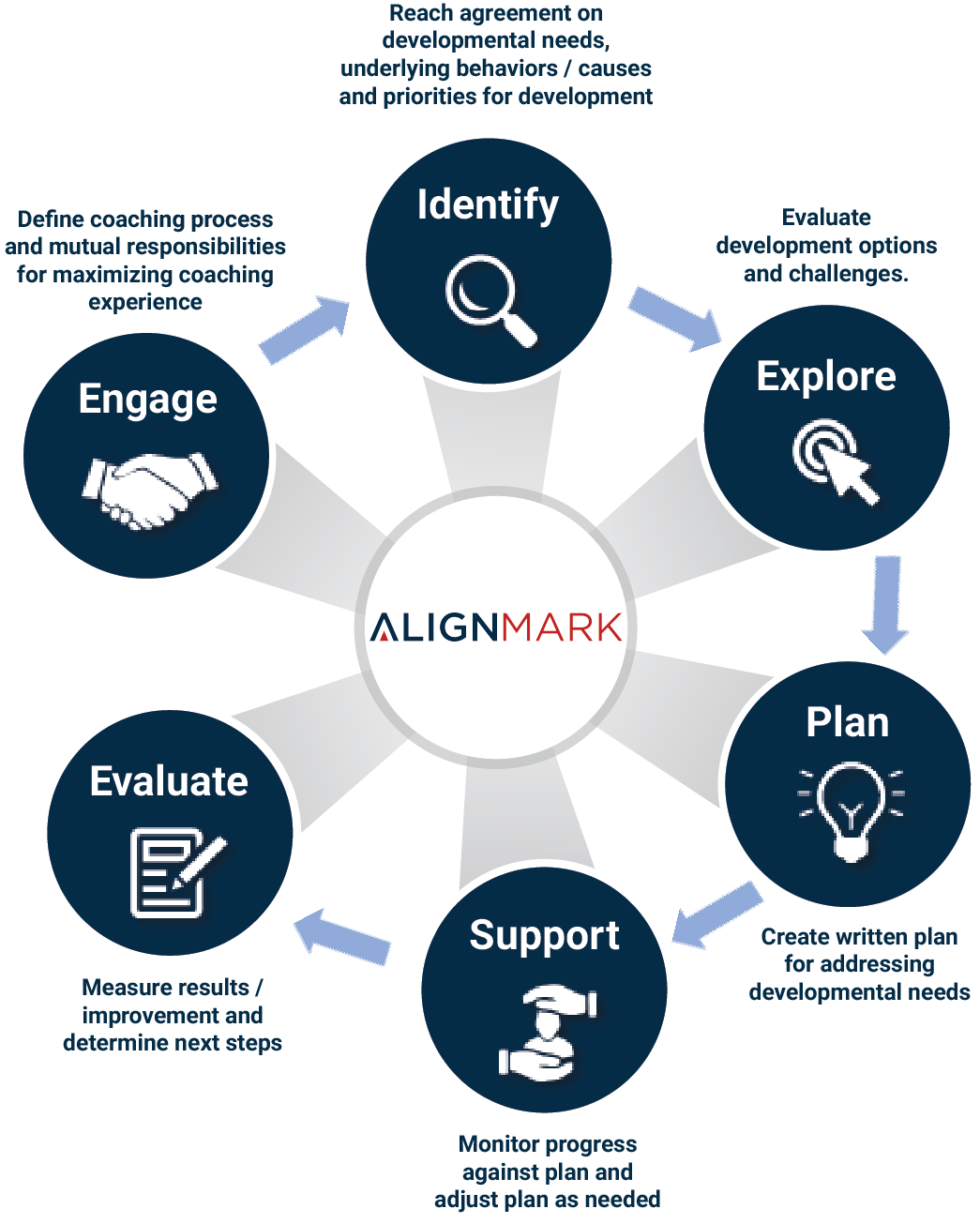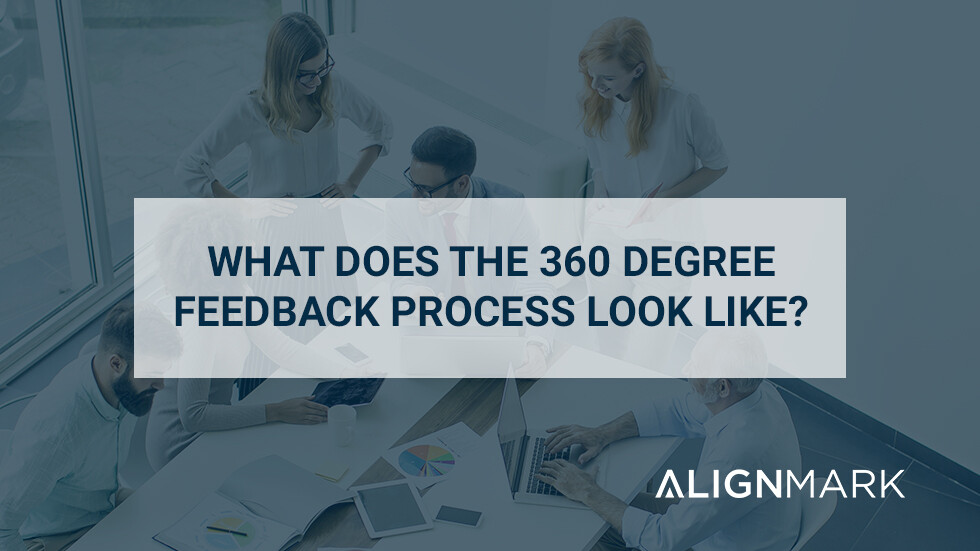 The 360 degree feedback process is an important process that should be incorporated into talent development plans of any organization. The ability to customize these 360 degree processes and surveys can take the process to a whole new level of effectiveness. Not all 360 surveys are the same. Many 360 feedback processes come in different shapes and sizes. By this I mean that there are different surveys for different levels in your organization, different ways results are used, different feedback reports, and different content focuses depending on what is most important to the organization. Common 360 surveys include front line leader surveys, manager level surveys, and executive level surveys. Although all are similar in style and are completed in the same way, the competencies and survey items are tailored towards the leader’s level in the organization, as well as the competencies that are most important for the organization.
The 360 degree feedback process is an important process that should be incorporated into talent development plans of any organization. The ability to customize these 360 degree processes and surveys can take the process to a whole new level of effectiveness. Not all 360 surveys are the same. Many 360 feedback processes come in different shapes and sizes. By this I mean that there are different surveys for different levels in your organization, different ways results are used, different feedback reports, and different content focuses depending on what is most important to the organization. Common 360 surveys include front line leader surveys, manager level surveys, and executive level surveys. Although all are similar in style and are completed in the same way, the competencies and survey items are tailored towards the leader’s level in the organization, as well as the competencies that are most important for the organization.
Once the content of the survey is determined (either off-the-shelf or customized), it is important to know the full picture of how the 360 degree feedback process will be implemented into your organization. Below we illustrate 9 steps to show you exactly what the 360 feedback process should look like in your organizations and what steps you will need to take to effectively complete the process.
1. Determine the goals you want to accomplish.
When implementing a 360 degree feedback process into your organization, you should first know what outcome you want from this process. Is it for development, is it for appraisal, or perhaps both.? Having set goals of the 360 degree feedback process will help you track the progress of the participants and give all stakeholders a reason to be motivated about the process. Make sure these goals align with the strategic, performance, or development goals of the organization and the focal leaders participating.
2. Choosing the 360 degree feedback survey content that is right for you.
Choosing your content is a key step. Which 360 content aligns with your goals, with other HR Systems, etc. This can be as simple as what level of focal leader you are having participate in the 360 processes to how custom you want to make your 360 degree feedback process and what survey items you want included in the surveys that will be delivered.
3. Informing staff on the 360 degree feedback process
Communication is key. This is important to get everyone ready for the process that is to come. It gives the ability for everyone to know what is going on and let them why the survey is being conducted and know any logistics surrounding the completion of the survey. You are communicating how this will help your strategic plans of the company and help the personal development of the leaders. This will ensure that leaders are eager to get started and staff is motivated to take place in the process.
4. Selecting leaders and raters participating in 360 degree feedback process
Identifying which leaders and at which levels the 360 degree feedback process should take place in is key. It doesn’t matter if you are starting with just an executive team and working your way down the organization over time or doing everyone at once. Whatever decision you make just remember to communicate this to the participants. This decision should be aligned with the goal of the 360 that you established in step one. Once the focal leaders are identified then rater groups must be defined. Rater groups are groups of people that will have good insight into the performance of the focal leader. These groups could include peers, subordinates, managers, customers, etc. After these are chosen you can then send out and have individuals complete the survey.
5. Feedback reports
After all the surveys have been taken by the leaders and the raters, feedback reports are generated. These reports present an in-depth analysis of ratings across all behaviors and competencies. The report should focus on not only those areas most in need of development but also strengths on which the focal leader can capitalize. Equally important, is making sure that the leader has someone help them interpret and understand the underlying reasons behind the data in the report.
6. Create of development plans
After the feedback report has been generated and sent you can then create Individual Development Plans (IDP) for the leaders. This will be a plan for how the leader can work to grow the skills that they need to develop as well as take more steps in enhancing the skills that are their strengths. This is a way to make sure that the 360 Report does not get stuck into a drawer and that the process will be followed through and be an effective step in helping develop your staff.
7. Coaching
Coaching can play many roles in helping the actual behavioral change that needs to take place in a leader. Coaches can help guide the focal leader as well as become their accountability partner as they complete their IDP Coaches tend to also be results oriented and will be able to keep the individuals on tract to reach their goals.
8. Completion of development plans
Are development plans ever completed? We would argue that some parts of them will be completed but there is always room for improvement somewhere. So, if one set of activities is completed then they should be replaced by the next set of behaviors/competencies that are a priority. Keep in mind development can occur for the job someone currently has, or it can focus on attaining skills for a future job. The point is that development is a continuous process and is never complete.
9. Re-evaluate with another 360 Feedback process
What gets measured gets paid attention to. One of the best ways to see if development is occurring in any individual is to measure their performance. The 360 degree process has set a baseline and told us where they were at the beginning of the development process. So, an excellent way to see if any development has occurred is to use the survey at the completion off the development plan activities in which the leader engaged.
Knowing the process is a great way to helps you have complete view of what the 360 degree feedback process really is and how to get it implemented into your organization. It can be a very useful development tool for leaders, which in turn will help your organization develop and grow.
Related Resource: 360 Degree Feedback: Your Complete Guide
Related Blog Post: 4 Organizational Benefits of Using 360 Feedback


 Dr. Jaffee (M.A., Ph.D.) is a recognized expert in the field of assessments, and has created effective HR Solutions used by millions of people.
Dr. Jaffee (M.A., Ph.D.) is a recognized expert in the field of assessments, and has created effective HR Solutions used by millions of people.